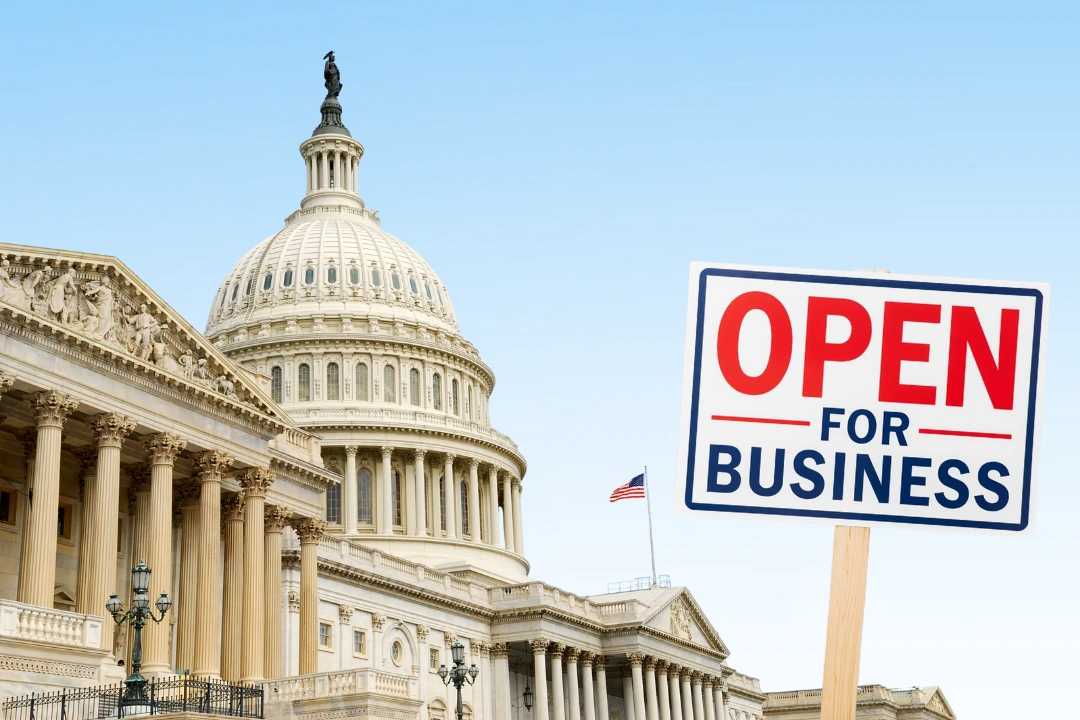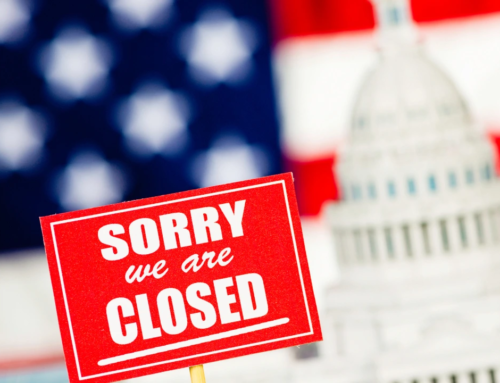When the federal government reopens after a shutdown, the HR and payroll impact is immediate, affecting compliance deadlines, onboarding, payroll schedules, and employee communication. Even short federal closures can disrupt employment verification, payroll funding, benefits administration, and communication timelines.
This guide highlights the most significant HR and payroll impacts of a federal government reopening and provides practical steps employers can take to manage the transition confidently.
1. Compliance Requirements Resume Immediately After a Government Reopening
A shutdown may slow federal systems, but employer responsibilities rarely pause. Once the government reopens, HR teams must quickly assess which requirements were delayed, including:
- I-9 and E-Verify actions postponed during the shutdown
- Benefit-related filings or submissions
- Restarted timelines from the Department of Labor (DOL), IRS, or HHS
- Regulatory guidance that was delayed
Because agencies often release updates rapidly after reopening, it’s crucial for HR teams to monitor changes closely.
2. Federal Agency Backlogs Will Slow HR Responses
One of the most significant HR impacts of a government reopening is the backlog across agencies such as:
- USCIS (immigration and E-Verify)
- DOL (wage and hour inquiries)
- EEOC (discrimination and workplace claims)
- OSHA (safety investigations)
These delays can affect:
- Immigration case processing
- Wage and hour investigations
- Worker claims
- Pending audits
- Employer compliance questions
Documenting all communication attempts and timeline impacts helps establish good-faith compliance if deadlines become disputed.
3. Employment Verification and Onboarding Require Catch-Up
If you hired employees during the shutdown, HR will need to complete or revisit onboarding tasks once systems are running again:
- Submitting E-Verify cases that were paused
- Completing outstanding I-9 verification steps
- Revisiting tentative nonconfirmations (TNCs) reopened after the system restart
- Annotating I-9s to explain delays caused by federal system outages
Using digital onboarding and centralized document storage tools can help streamline catch-up tasks.
4. Payroll Funding and Processing May Be Affected
For organizations connected to federal contracts or grants, a government shutdown and reopening can cause:
- Temporary payroll funding gaps
- Delayed reimbursements
- Slower vendor payments tied to federal cycles
- Budget or cash-flow adjustments
Payroll teams should coordinate with finance to ensure uninterrupted payroll processing during the transition period and stay current on IRS employer tax requirements.
5. Employees May Need Extra Guidance After a Shutdown
Employees frequently have questions after a government disruption, including:
- Delays in benefits processing
- Impacts on tax withholding or Form W-4 updates
- Changes in pay timing
- Financial stress if family members are federal workers
Clear communication from HR can reduce confusion and maintain employee trust during uncertain periods.
6. Benefits and Tax Guidance May Shift Quickly Post-Reopening
As agencies return to normal operations, employers should watch for updates on:
- Health plan and ACA requirements
- Retirement plan rules and deadlines
- Tax reporting obligations (IRS updates)
- COBRA or FMLA clarifications
Because guidance is often released rapidly after a shutdown, HR teams should review agency updates daily during the initial reopening period
Next Steps for HR and Payroll Teams
A government reopening typically creates a brief but intense period of administrative and compliance activity. To stay ahead, HR and payroll teams should:




